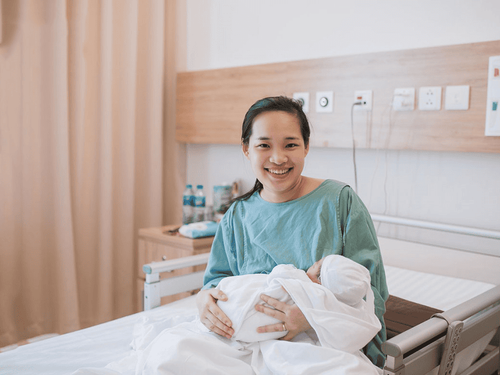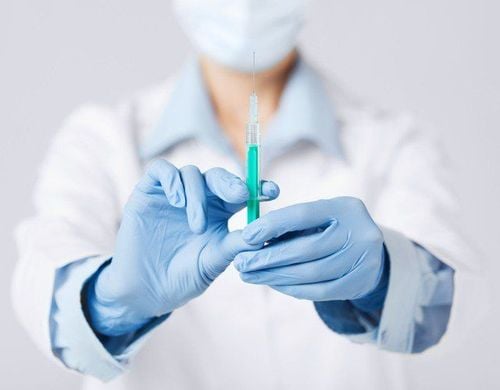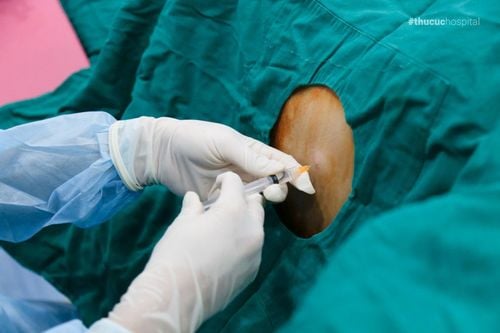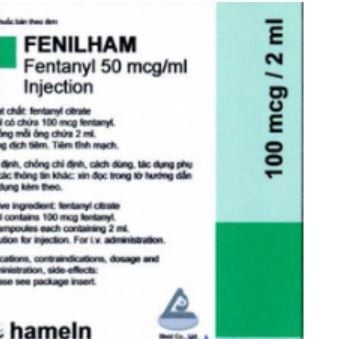This is an automatically translated article.
The article was written by Specialist Doctor II Nguyen Trung Thanh - Anesthesiologist and Anesthesiologist, Department of Surgical Anesthesia - Vinmec Central Park International General Hospital.Anesthesia and sedation during surgery/procedure is a complex technique with potential risks. Therefore, the safety criteria are put first by the anesthesiologist. Patients will be fully and comprehensively assessed by an anesthesiologist before surgery, from which a pre-operative treatment plan, anesthetic plan, care plan and post-operative analgesia will be made. Patients soon recover their functions before being discharged from the hospital.
1. Pre-anesthesia examination
After the surgeon confirms the diagnosis and gives a specific surgical method, the patient will be examined by an anesthesiologist at least 1 day before surgery or right before surgery in case of emergency surgery.
The purpose of the pre-anesthesia exam is for the anesthesiologist to comprehensively assess the patient's functions and pathology that may affect or be affected by surgical anesthesia. The patient needs to provide the anesthesiologist with information about the diseases he has had, the surgery performed and the drugs currently being used to treat the disease, whether he is pregnant or not. in childbearing age. Abnormalities or complications in surgical anesthesia that the patient or family members have experienced in the past.
Depending on the specific case, the anesthesiologist may request other specialties and/or order additional tests or functional explorations necessary to serve the safety of surgical anesthesia.

Khám tiền mê để bác sĩ đưa ra pháp đồ điều trị phù hợp với người bệnh
In addition, the patient will be consulted on the method of anesthesia and analgesia after surgery, explained the possible side effects and complications related to anesthetic analgesia, instructed to stop or use Prior to surgery, the accompanying medical treatment drugs, as well as the time of fasting before anesthesia, and finally, the patient needs to sign the commitment to anesthetize and relieve pain to ensure that the necessary information has been verified. complete and appropriate transmission.
If your medical condition is sufficient to undergo surgery and anesthesia, a surgical review consultation chaired by the board of directors will be approved before you are referred for surgery.
2. Surgical anesthesia
The patient will be transferred to the operating room area 30-60 minutes before the scheduled surgery time, depending on the case, to carry out handover procedures and pre-operative preparations. To ensure patient safety and avoid possible confusion, the surgical team regularly conducts a surgical safety checklist according to WHO and JCI guidelines. This sometimes requires the patient to answer certain familiar questions over and over.
At the operating room, the patient will be warmed by a dedicated warm blower, set up an infusion line and fitted with monitoring devices to monitor important parameters (such as electrocardiogram, pulse, blood pressure, etc.) anesthesia, muscle relaxation, etc.). Other invasive monitoring techniques can also be used in some complex surgeries and are established after the patient has been anesthetized. Please inform the surgical team about the discomfort you are suffering so that the anesthesiologist can promptly overcome or explain it to you better.
During the surgery, the anesthesia team including anesthesiologist and anesthesiologist will closely monitor the set parameters and promptly handle abnormalities if any.
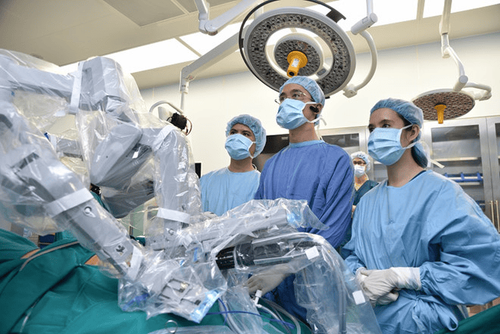
Người bệnh được theo dõi sát các thông số trong suốt cuộc mổ
3. Awakening Tracking
After surgery, the patient will be transferred to the recovery or recovery area depending on the condition of the patient. Anesthesiologists and recovery nurses will be in charge of monitoring and taking care of patients after surgery in the recovery area (the recovery area - ICU is in charge of the resuscitation doctor and the recovery nurse). The usual follow-up time for recovery is 2 hours, this time can be extended if the patient has not met the Aldrete criteria (safety criteria for leaving the recovery area).

Bệnh nhân được theo dõi hồi tỉnh sau mổ
4. Special Note
Due to the difference in anatomical and physiological characteristics, children and the elderly are two vulnerable subjects during surgical anesthesia, requiring medical equipment and qualified personnel. .
Vinmec Central Park Hospital is fully equipped with medical facilities and equipment suitable for each audience, including children and the elderly. Anesthesiologists have many years of experience working on these subjects, are trained and re-trained every year to meet the rigorous standards of JCI.
Customers can go directly to Vinmec Central Park to visit or contact hotline 0283 6221 166 for support.






